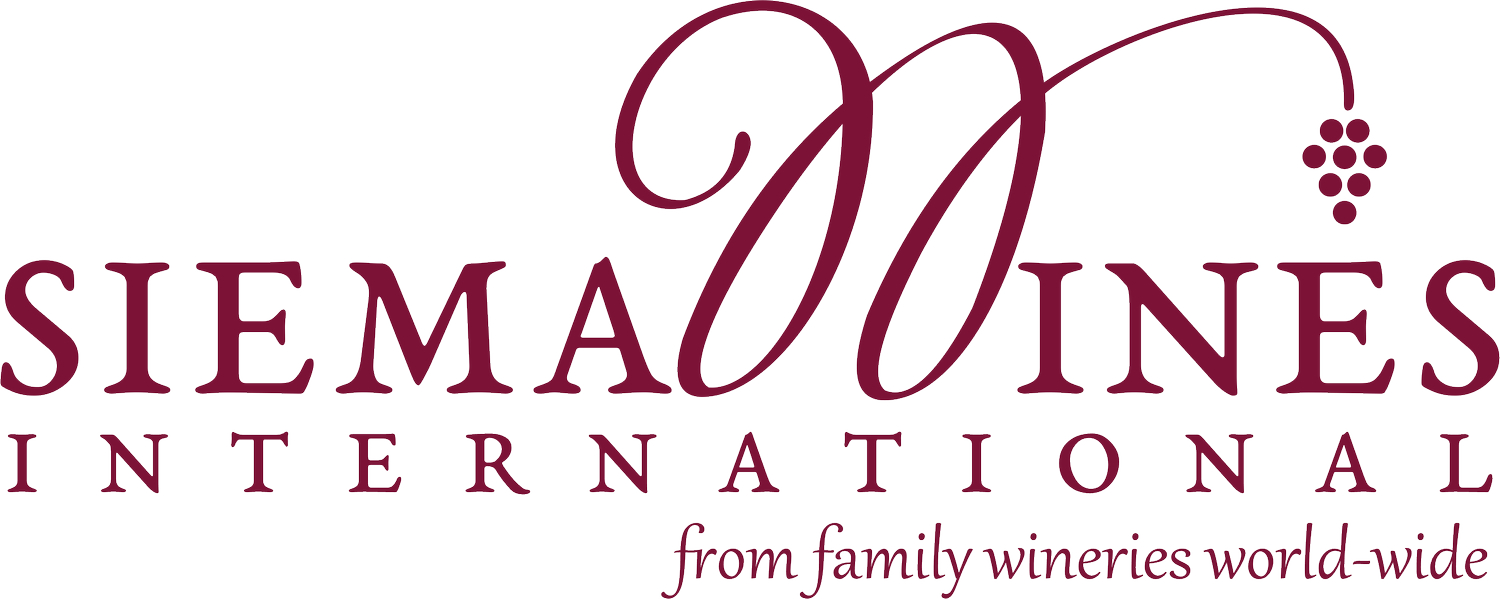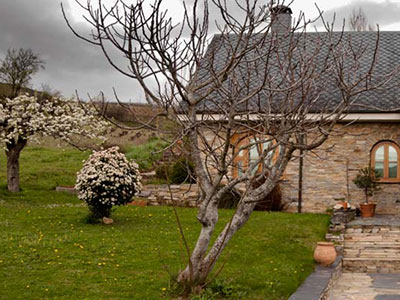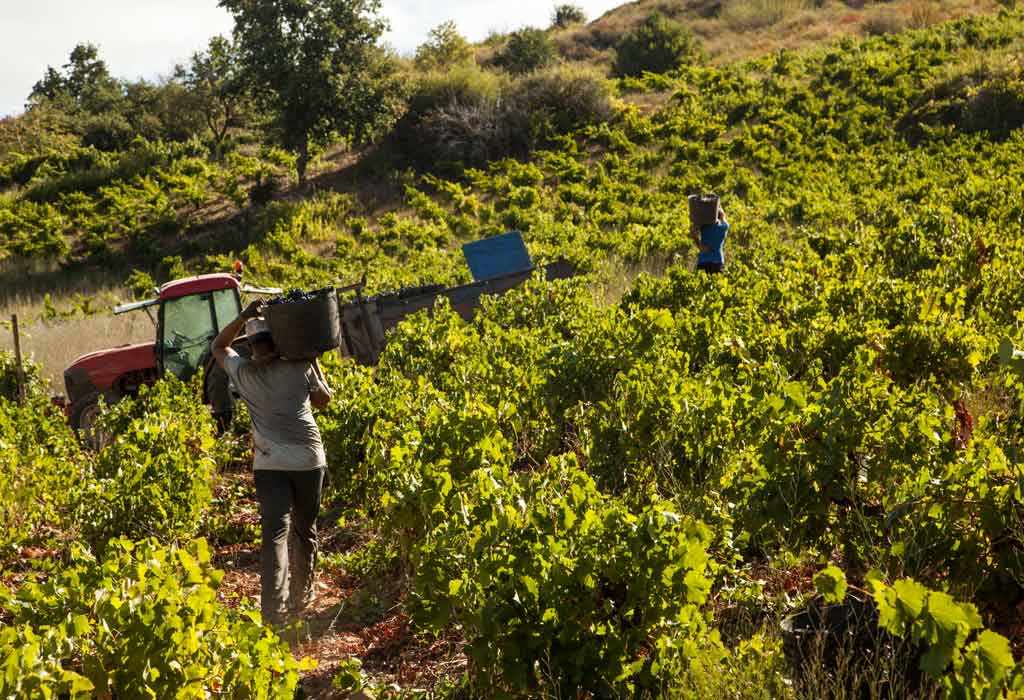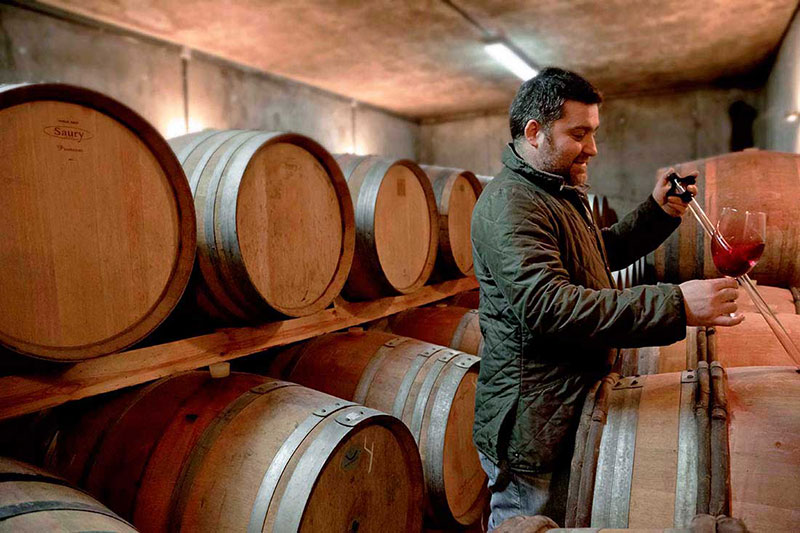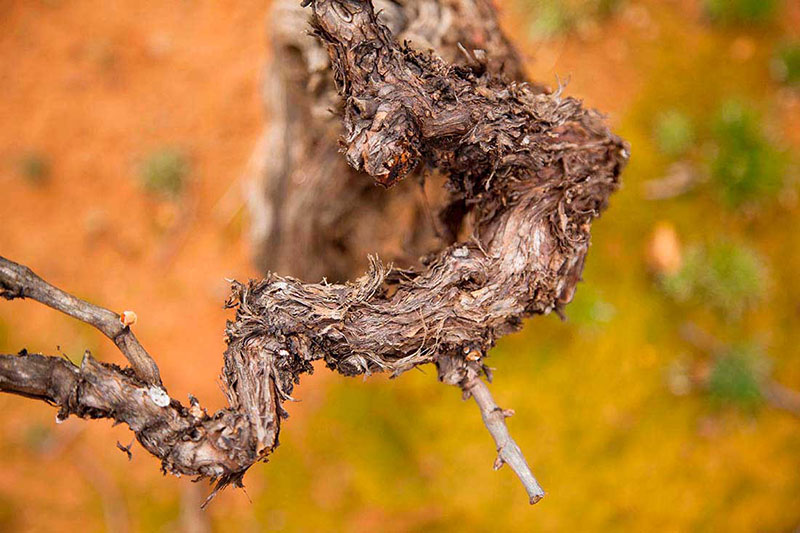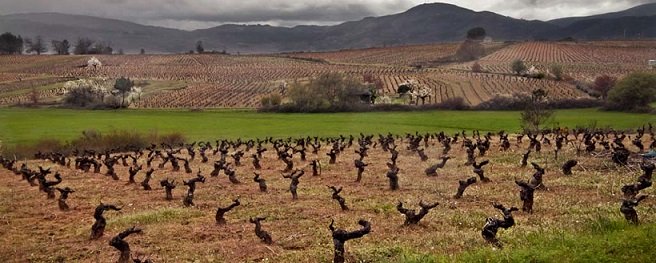Castro Ventosa
Bierzo, Spain
About Castro Ventosa
Sustainably Farmed
Castro Ventosa was founded by the Perez family in 1752 and the family owns the estate ever since. The Perez family owns 75 hectares of Mencía vineyards in Bierzo making them the biggest owners of this varietal within the Bierzo D.O. The Bierzo appellation is made of 5000 hectares with 2500 ha planted with white varietals and 2500 ha planted with Mencía and there are 5000 landowners within the appellation.
Raúl Pérez, who now runs the winery, is a figurehead for Bierzo wines in Spain. Castro Ventosa produces three different Mencía; Valtuille, El Castro de Valtuille and El Castro de Valtuille “Joven Mencia”. Mencía is indigenous from Bierzo and some suspect that it is an ancient clone from Cabernet Franc.
The Bierzo D.O. is located in the northwest of the Province of Castilla y León, just above Portugal. Castilla was one of the original Spanish regions to unite against the Moors in the Middle Ages and thus became the north-west stronghold for the Catholics. The region has a great historical past with many remains that testify of its rich history.
The winery is situated in the village of Valtuille de Abajo at the foot of the slope of the Castro, the ruin of an ancient Roman fort that dominates the village of Valtuille de Abajo. Some of Castro Ventosa’s vineyards are planted on that same hill just around the ruins, the name Castro Ventosa means “The Windy Castle”.
The Valtuille is made from five parcels situated in Valtuille de Abajo with pre-phyloxeric vineyards that are located on the only sandy soil found in Birezo.
Bierzo is in a small valley surrounded by mountains. This exceptional geographical position gives the area a specific microclimate. The low altitude prevents frost in winter and the warm summer months provide ideal conditions to grow exceptional vines. The soil is a mixture of quartzite and slate.
At Castro Ventosa making high quality wine begins in the vineyard itself, where the best conditions must be present while taking great care to ensure that the entire natural cycle is well completed. It is crucial to monitor the vineyards closely in order to choose the right moment for the harvest to take place; this is when the grapes have reached their optimum maturity. The fruits are then harvested by hand and sorted in the vineyard.
At Castro Ventosa life gravitates around the land, the vineyard, the grape and the wine, which can only be created as a natural consequence of doing things right at every stage; the belief is that the wine is first made in the vineyard where the winery focuses most of its attention.
